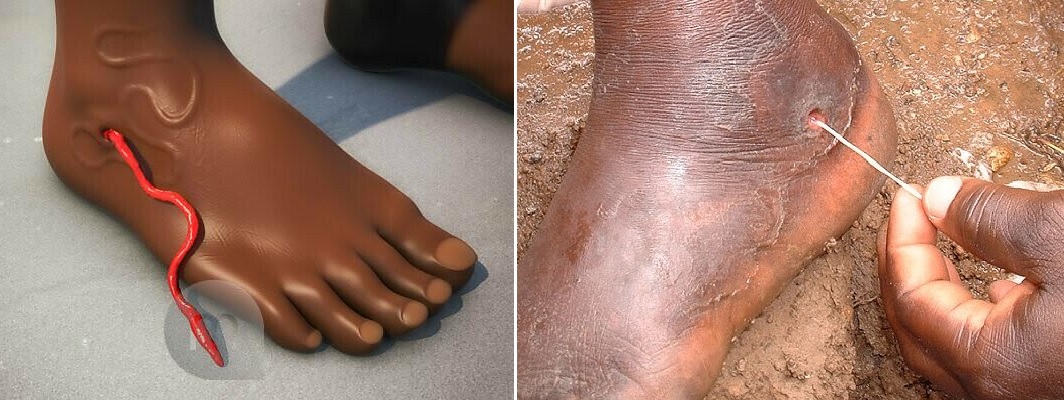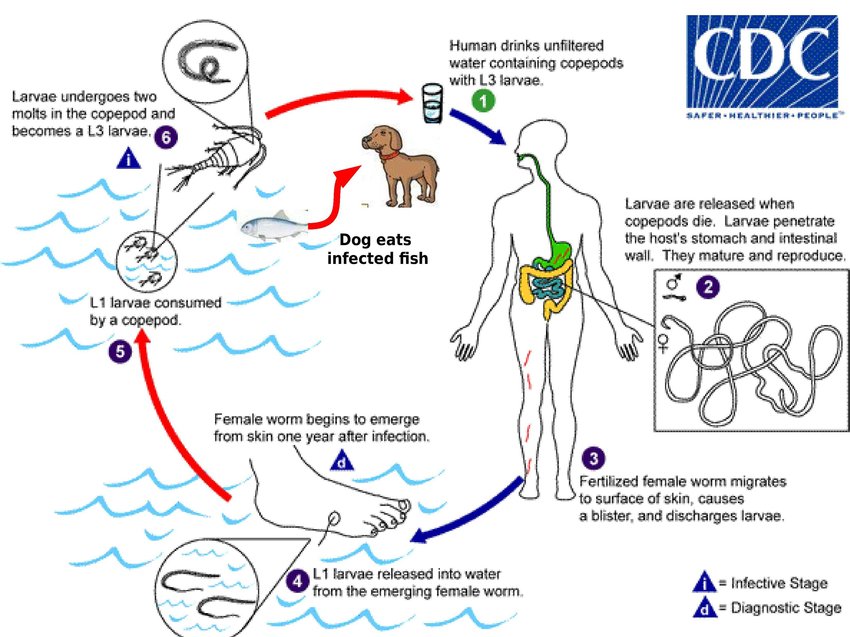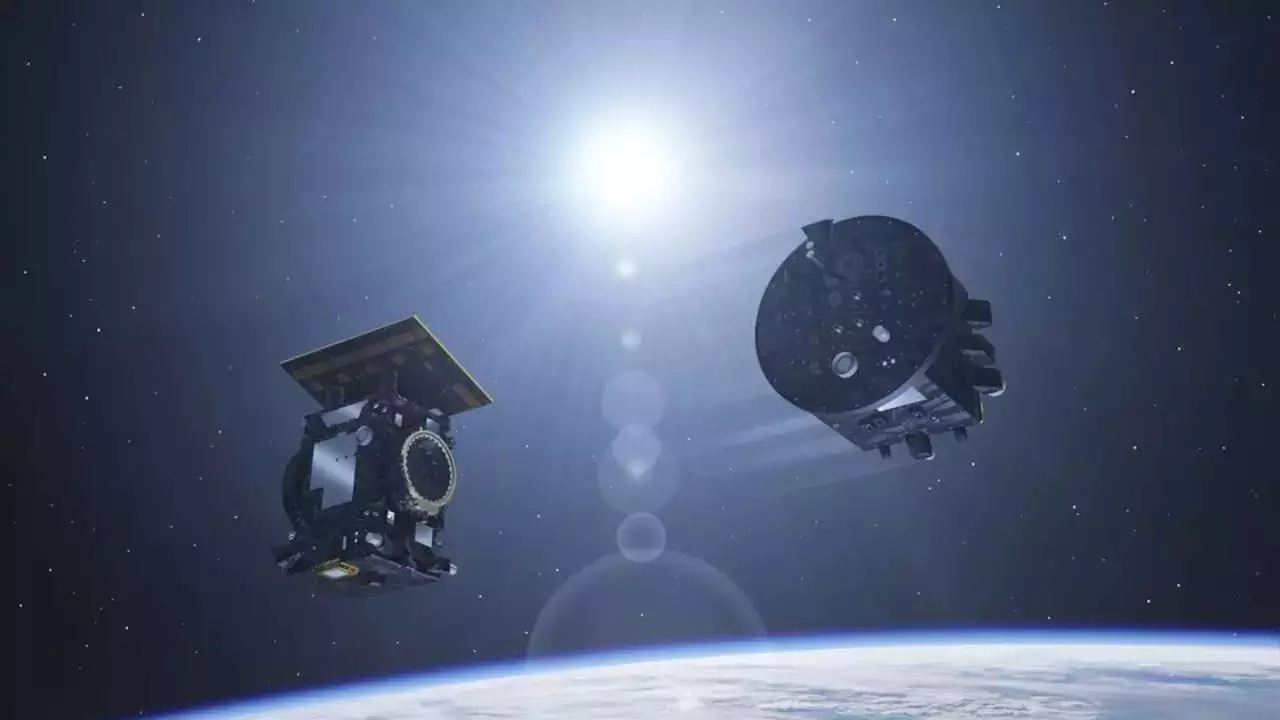What is Guinea Worm Disease (Dracunculus Medinensis ) ?

Guinea worm disease, also known as dracunculiasis, is a sickness caused by a large parasite called the Dracunculus medinensis worm. This worm, which can grow up to a meter long, causes a lot of suffering but isn't directly deadly. Let's break down what this disease is all about in simple terms:

Guinea Worm
What Causes It:
- You get infected by drinking water that has tiny creatures called water fleas with baby Guinea worms.
Symptoms:
- After a year inside your body, the female worm comes out through the skin, usually on your legs or feet, creating a painful blister.
- Other signs include swelling, redness, and trouble walking.
Effects:
- While not deadly on its own, the disease can lead to disability, other infections, and money problems.
Getting Rid of It:
A global program launched in 1986 focused on:
- Clean Drinking Water: Teaching people to keep their water clean and giving them access to safe water.
- Containment: Keeping infected people away from water to stop baby worms from going back into it.
- Surveillance: Keeping an eye on cases and acting fast when more show up.
Success:
- The number of cases has dropped a lot, from 3.5 million in the 1980s to only 15 in 2021.
- The goal is to totally get rid of it by 2030, which would be a big win for public health.
Other Important Points:
- We still have challenges, like making sure everyone continues to have clean water and stays alert for any signs of the disease coming back.
- Lessons learned from fighting Guinea worm disease can help with other similar illnesses.
- Everyone doing their part and supporting groups fighting these diseases makes the world healthier.
History:
People have known about Guinea worm disease for a really long time, going back to ancient times in places like Egypt, Greece, and Rome. The first recorded case was in 500 BC in Egypt. For a long time, it caused big problems in different parts of Africa, Asia, and the Middle East. In the 1900s, it was in 20 countries, with millions of cases every year.
How the Cycle Works:
The Guinea worm's life cycle involves humans and tiny creatures called copepods. People get sick by drinking water with copepods that have baby Guinea worms. These baby worms travel through the body for about a year. When the adult female worm is ready, it comes out through the skin, causing a painful blister. People often put the blister in water, releasing more baby worms and starting the cycle again.

Life cycle of Guinea Worm Disease
The Battle for Eradication:
Because Guinea worm disease was so bad, the World Health Organization (WHO) started a plan to get rid of it in 1986. They focused on stopping the worms from spreading by making sure people have clean water, teaching communities, and stopping outbreaks. The plan worked really well, and the number of cases dropped a lot, from millions to just 15 in 2021.
Hoping for a Future Without Guinea Worms:
With everyone staying watchful and working hard, the WHO aims to wipe out Guinea worm disease by 2030. If they do it, it'll be a big deal, erasing the second human disease after smallpox. The success in fighting Guinea worm disease gives us hope, showing that when the world works together, even tough diseases can be beaten.


